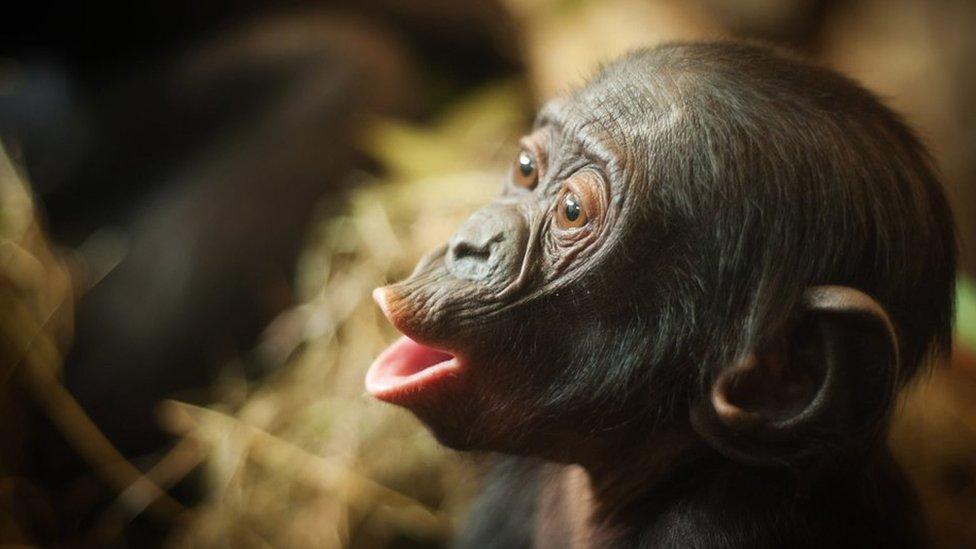The decline of the 'disgusting' burbot
- Published

When it comes to animals threatened with extinction, the cute and cuddly ones tend to get the most attention. But what about the ugly ones that go unnoticed when their numbers start to dwindle? Mary Colwell speaks up for the burbot.
"When you are furry, when you're lovable, you often fare better in people's interests than if you're bald and rather ugly," says Richard Sabin, curator of mammals at the Natural History Museum in London, referring to the popular appeal of animals such as pandas.
It was never going to bode well for the burbot then. The fish is "fat looking and a little bit flabby and soft" - a description offered by the museum's fish curator, James Maclaine.
He isn't the only one who doesn't swoon at its looks. "People have mixed feelings about the burbot," he says. "There's a 19th Century account by a man called Pennant who calls it 'a very delicate fish for the table, though of disgusting appearance when alive'."
It is true that burbot are… characterful. They are long and sinuous, commonly growing to more than a metre in length, but can get much larger. They look very much like eels - they are often called eelpout - and when caught, will wrap themselves around the angler's arms and legs.
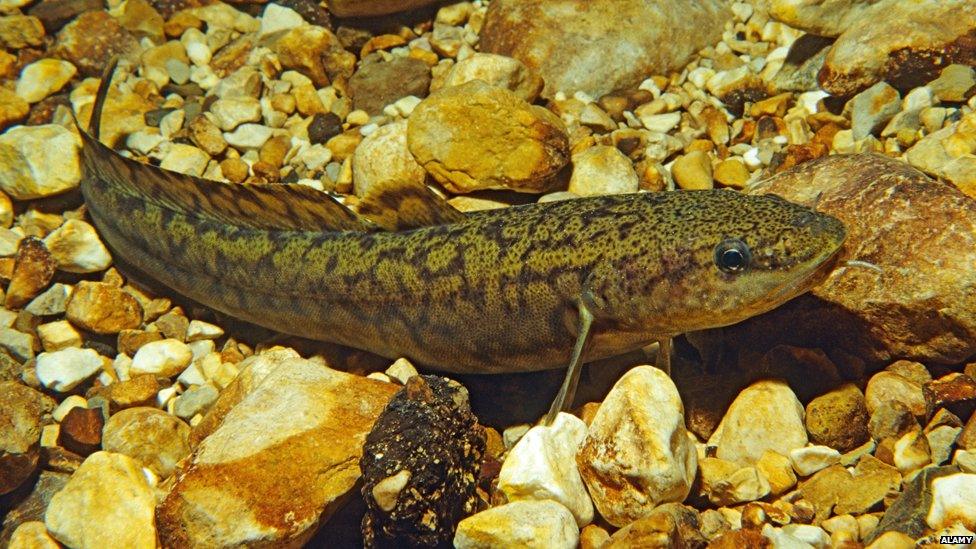
With large squashed heads, small eyes, downturned mouths full of razor sharp teeth and tubes protruding from their nostrils, they are not exactly pretty. They are also exceedingly slimy and under the chin is a single long, fleshy feeler called a barbel, giving the impression of a goatee beard.
These characteristics are important. They are all adaptations to the cold, dark world at the bottom of northern lakes and rivers.
These were ice-age fish that once swam unhindered in a glacial world, until the ice retreated 10,000 years ago leaving some remnant populations throughout the northern hemisphere, including eastern England.

Find out more

Natural Histories is a series about our relationships with the natural world
Listen to Burbot on BBC Radio 4 on Tuesday 7 July at 11:00 BST or online after broadcast

The burbot is the only member of the cod family that lives in fresh water. For several months a year burbot can be trapped under ice - they need cold temperatures to spawn but all that slime and flabbiness provide excellent protection.
Their teeth are essential for catching a huge variety of food. "They're a very voracious predator," says Steve Simpson, marine biologist and lover of burbot at Exeter University. "There are reports of them eating birds, eating snakes, eating frogs - they really will eat anything they encounter."
Because their world is dark, they don't need big eyes. They use their barbels to detect vibrations and catch their prey. They may not be beautiful but they are perfectly adapted to their gloomy, chilly world.
Although still present throughout the rest of Europe and North America, the only burbot in England today can be found in the vaults of the Natural History Museum in London, preserved in pickling jars. Once a proud member of Britain's piscatorial family, the fish disappeared from British waters in the 1960s - the Angling Times offered a reward of £100 to anyone who found one in the UK, but that money lies unclaimed.

Burbot served in a Mediterranean sauce
They were common enough until the 20th Century but slowly faded away - probably a combination of the draining of wetlands, river engineering and warmer winters saw them off. It is a pity. Burbot make good eating.
Many medieval recipes use them in pies and soups and their livers, which are the richest in vitamins of any fish, were once highly prized by French chefs and the tsars of Russia.
They were so admired as a table fish that Anton Chekhov wrote a story called The Burbot about a group of men trying to catch one (it got away) and burbot soup was a dish for royalty in Tolstoy's Anna Karenina.

The burbot in Russian literature
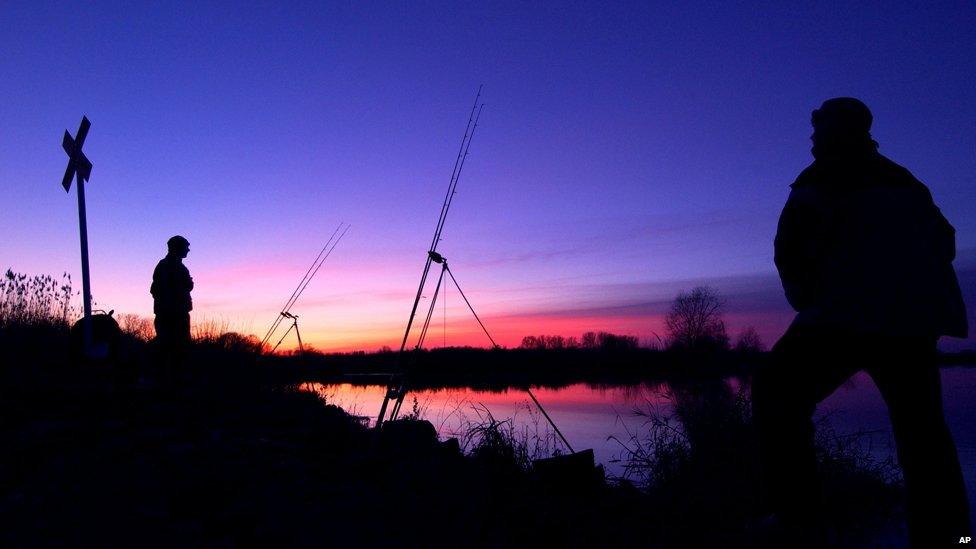
The fish makes a sudden, unexpected upward movement with its tail and the fishermen hear a loud splash . . . they all put out their hands, but it is too late; they have seen the last of the burbot. The Burbot, Anton Chekhov
"There's no room with us. Go to that table, and make haste and take a seat," said the Prince, and turning away he carefully took a plate of burbot soup. Anna Karenina, Leo Tolstoy

Middle-aged smokers and tea drinkers in the UK may remember pictures of burbot on the collectors' cards that used to come in packets of Brooke Bond Tea and some cigarettes. We used to love the burbot - but no longer. It is all but forgotten.
Well, not by everyone. There are some burbot lovers who yearn to see the Lawyer Fish (another of its names due to the beard) return to the UK's waterways.
As the desire to "re-wild" Britain grows, we hear increasingly loud demands for the charismatic wolf and lynx to be brought back. A trial reintroducing beavers to Scotland has already taken place.
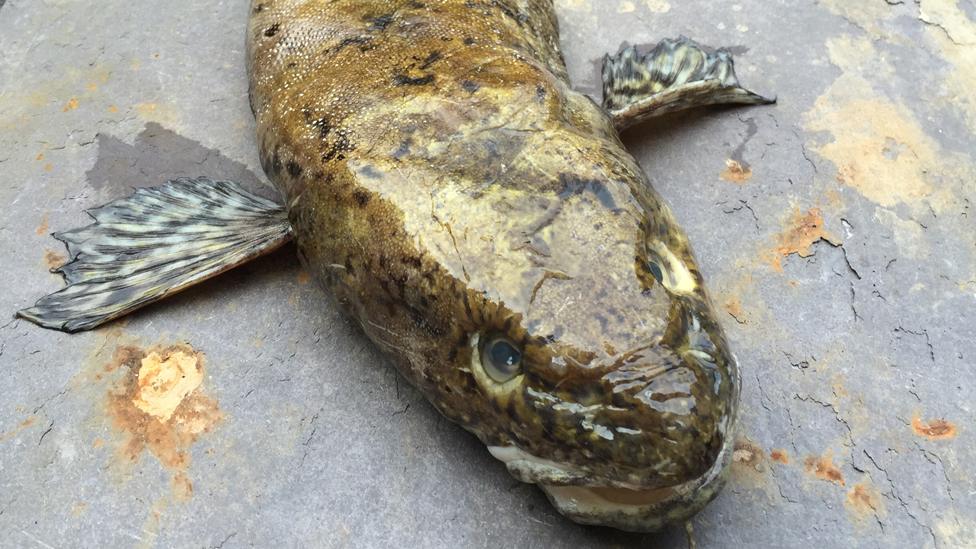
But there are a few burbot champions. Environmentalist and writer George Monbiot is one of them, however. "It's this dark, mysterious, weird creature which lives down deep in the bottom of deep lakes and buries itself in the mud and then moves through marshes and water courses, and you're quite unlikely to see it and for me that's part of its appeal," he says.
Monbiot feels we have lost a part of our natural history. If the burbot is reintroduced we can once again experience the primeval pleasure of chancing upon a secretive, slimy, ugly fish, as ice-age hunters would surely have done. "Somewhere in those marshes the burbot lurks and for me that sums up the serendipity and wonder of these chance encounters with wildlife. Just knowing it's there, that's something you can't put a price on," he says.
Not everyone agrees, though. Others think that the warming world will make life too uncomfortable for the burbot and its chances of survival in UK waters are slim. They believe it is best to leave it as a memory of colder days.
But whatever we do, let's not forget the burbot. It may well have been prized more for its taste than its looks, but that doesn't mean we should erase it from our memory. Last year WWF produced a report showing that since the 60s the total number of animals living on the planet has halved.
The burbot is just one part of that sad statistic. To reverse the trend we must remember, not forget, those creatures that once lived alongside us so abundantly. If we only remember and revive the cute and cuddly, Earth will be less rich and vibrant.
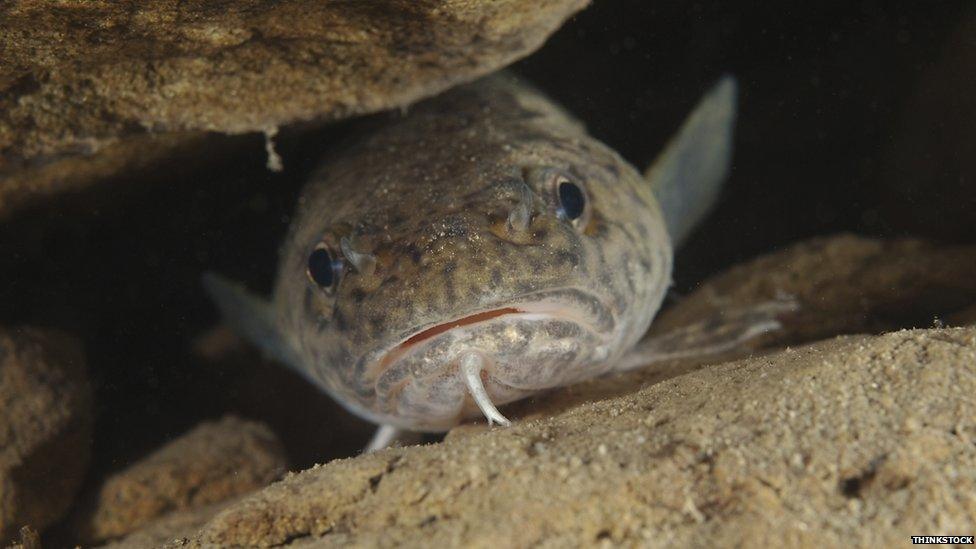
"A dark, mysterious, weird creature which lives down deep in the bottom of deep lakes"
Subscribe to the BBC News Magazine's email newsletter, external to get articles sent to your inbox.
- Published30 June 2015
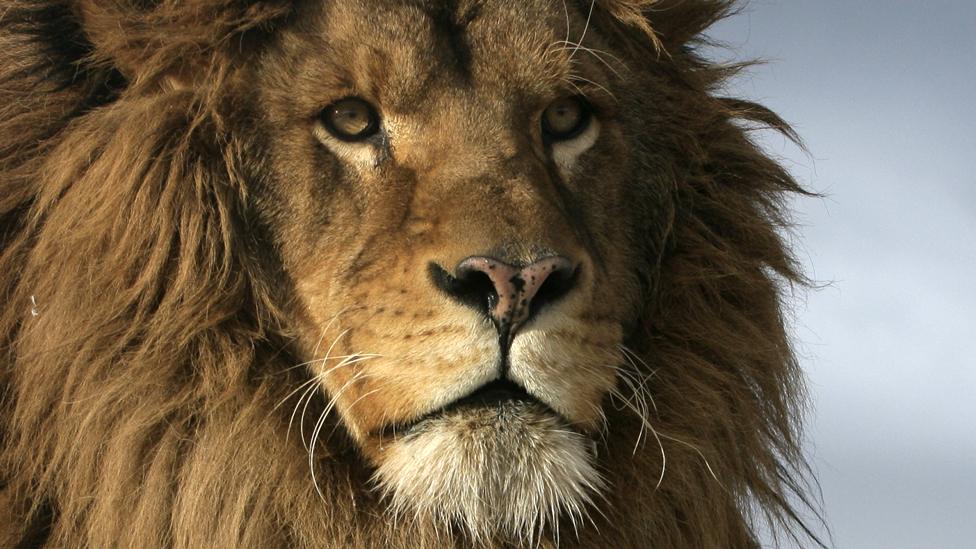
- Published23 June 2015
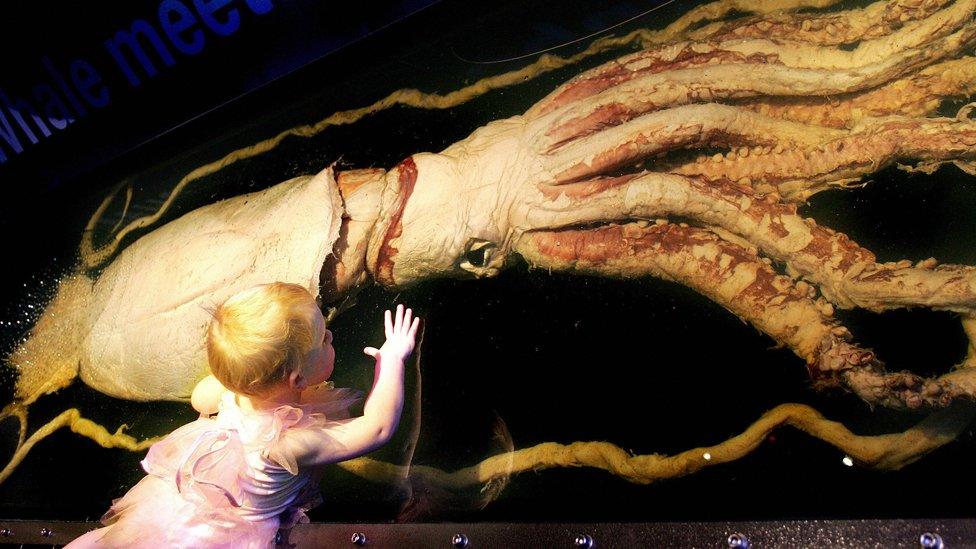
- Published16 June 2015
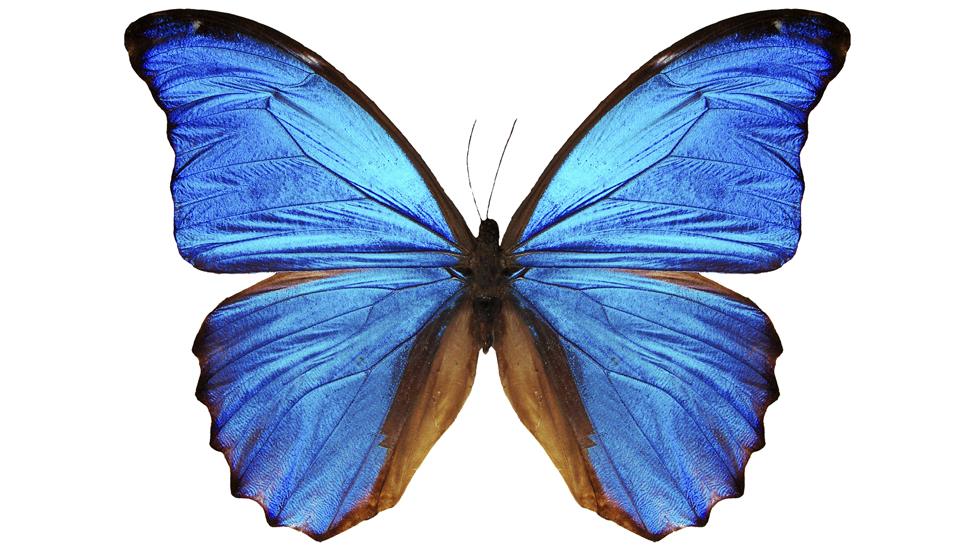
- Published9 June 2015

- Published2 June 2015
